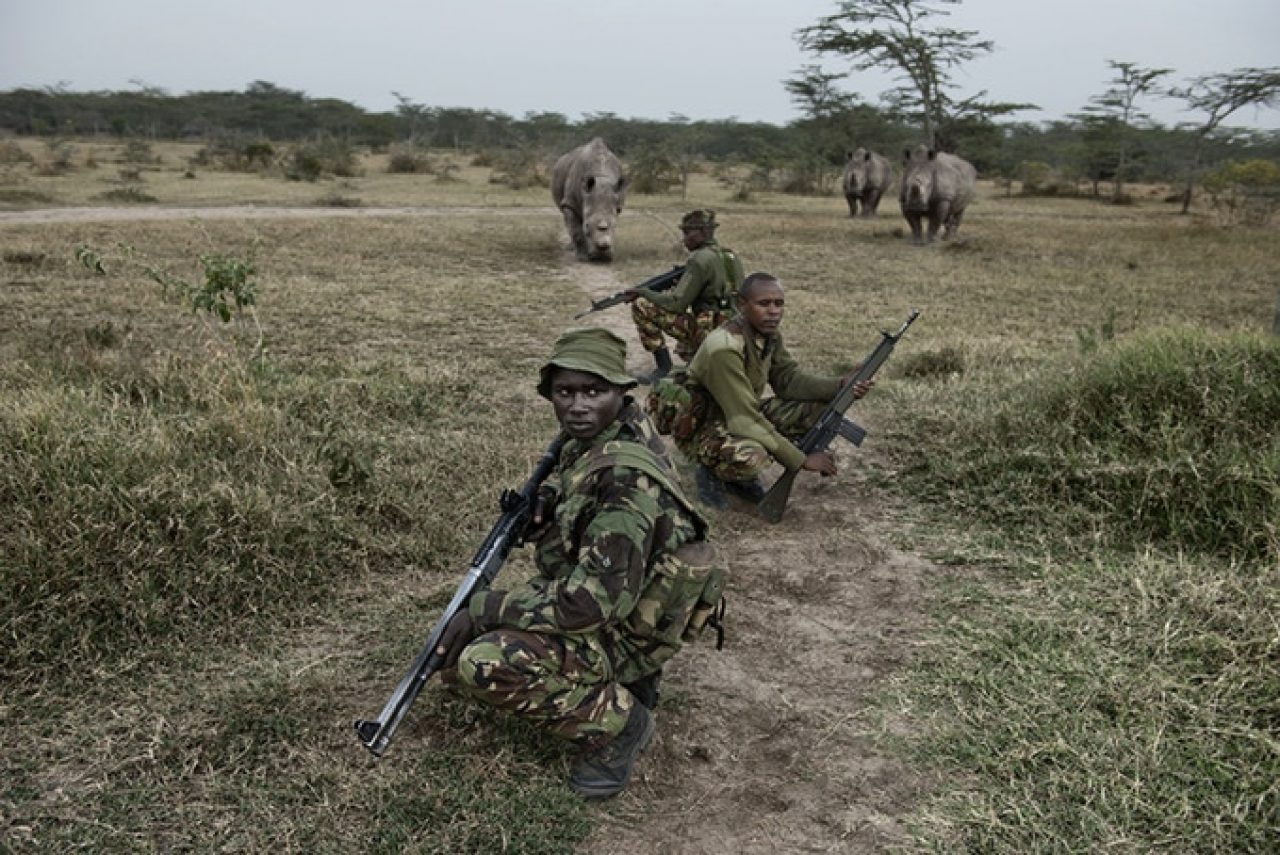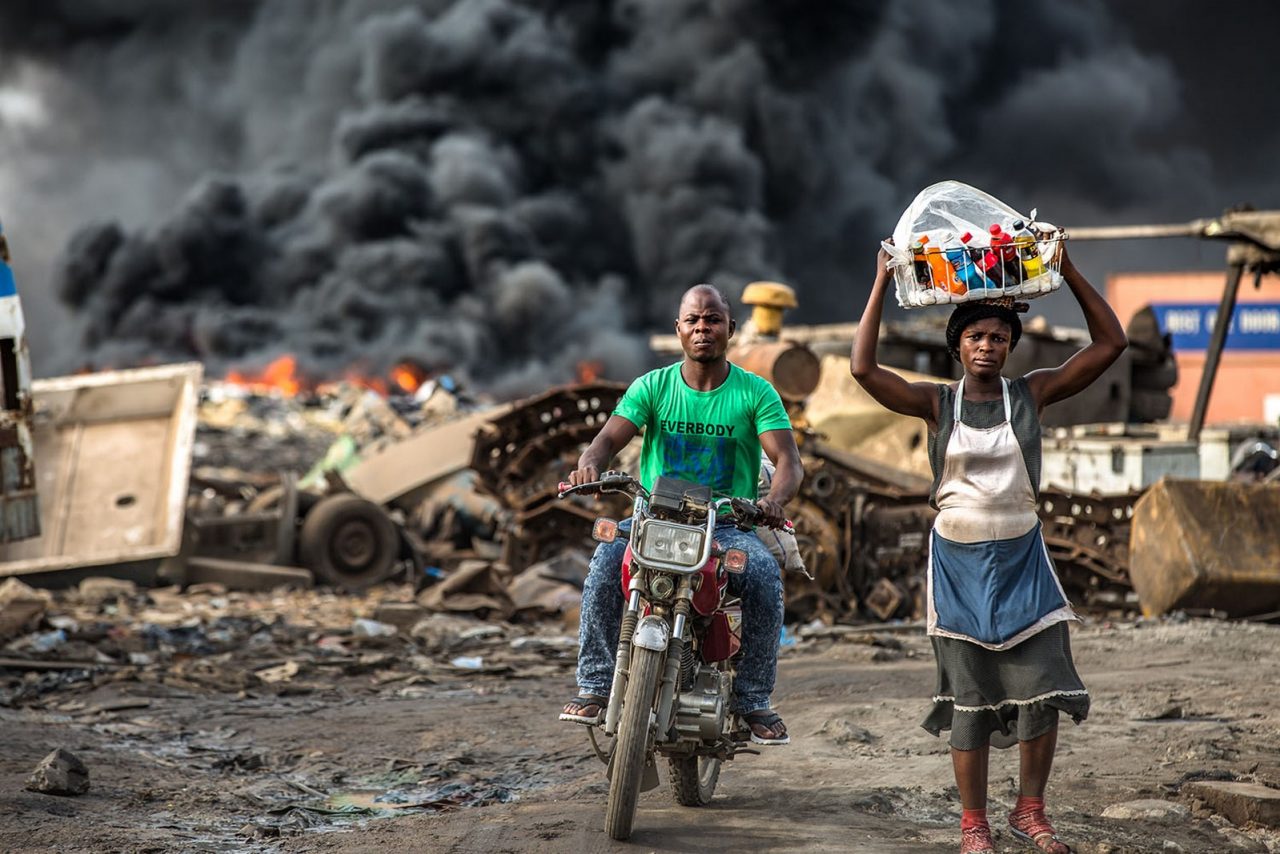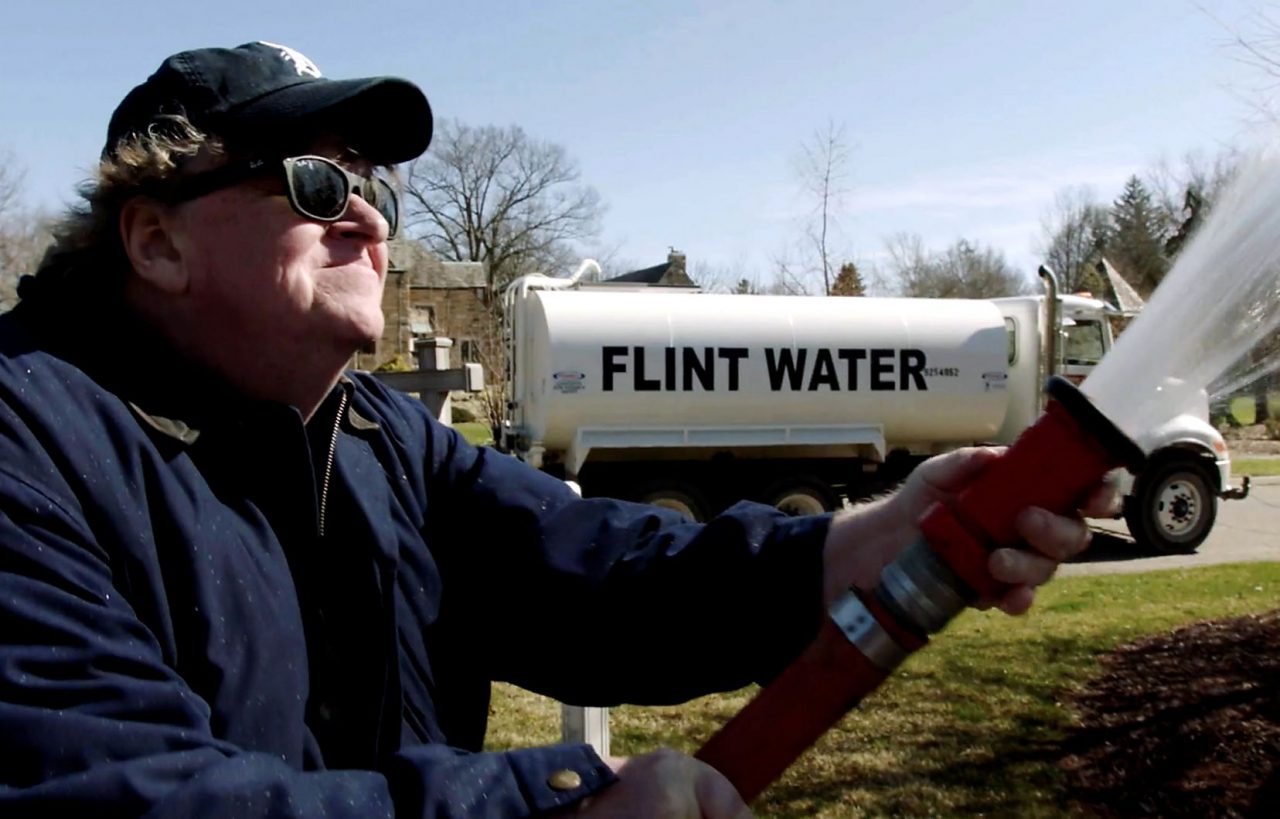5 DOCUMENTARY FILMS THAT WILL BROADEN YOUR PERSPECTIVE
Open Your Eyes and Arm Yourself With Knowledge.

THE LAST ANIMALS
Director: Kate Brooks
Conflict photographer Kate Brooks is well-versed in documenting war zones, capturing it through her photographic lens in different parts of the world. Upon her latest exploration of links between the ivory trade and the arms trade, her research found another urgent topic and under-reported crisis: the killing of African elephants, rhinos, tigers and other critically endangered species. The Last Animals is an urgent alarm and wake-up call for humanity.
Documenting the multiple factors contributing to the extinction of these majestic creatures, Brooks uses the medium of film to explain how illegal poaching which is deeply interlinked within global economic structures. Trafficking syndicates shockingly operate within illegal and legal parameters, with their work relying on turned blind eyes and there are many. Put simply, the illegal wildlife trade, international terrorism and border security are intrinsically linked and their business together enables the trade to continue with vast amounts of money to be made.
Although it is the greed of mankind driving this elicit business, Brooks’ film also highlights the good in humans, be it a few. Conservationists, park rangers and scientists bravely work to protect these beautiful mammals, simultaneously risking their own lives. The Last Animals doesn’t hold back on dramatic sequences, which are a daily reality for the teams endangering their lives. Park rangers put their life on the line every day they go to work.
In The Last Animals, Brooks and her team followed the trade from Africa to South East Asia, where she witnesses seized deliveries of thousands of ivory tusks (the scene is quite frankly heart-breaking). There in South Asia she is able to purchase incredibly freely illegal jewellery and ivory ornaments, caught on camera. The business is indeed thriving, with all government restrictions and laws completely overlooked by everyday store owners who continue to profit off of this sadly thriving business. Accessibility is not restricted at all, the demand from buyers and tourists needs to urgently stop, somehow it is still socially acceptable.
During Brooks’ filming, the global population of the Northern White Rhinoceros in existence went from seven to three. After filming, the last male Northern White Rhino Sudan, died at the age of 45. There are now only two females, with the species effectively soon to be extinct. Currently there are only 3,900 tigers still in the wild, with less than 30,000 rhinoceros in the wild. The numbers are shocking. Just last week, the Chinese government reversed a 25-year ban announcing that it would allow the use of rhinoceros horns and tiger bones in medicine, specifically for “medical research or in healing”. In a move to highlight China’s traditional remedies globally, it is a complete setback for the protection for these animals which are near extinction. Money is again at the core of motivations, and this will also fuel a black market for rhino and tiger parts.
With matters becoming more and more urgent, the fight continues, and the stakes get even higher.

THE CLEANERS
Directors: Moritz Riesewieck and Hans Block
The Cleaners, from first-time directors Moritz Riesewieck and Hans Block, is a documentary highlighting the rapid pace of social media growth, how the tech companies excelling this growth and monetising on it. It also highlights the danger that these companies don’t foresee the discord it can create around the world. Think you know the films premise? Layer by layer the viewer sees more than expected, or perhaps, really wanted to know.
The Cleaners highlights our ignorance and acceptance of convenience. It’s true, I also never stopped to think: who are the moderators that confirm or deny a flagged ‘nipple’ image or a controversial artwork on Facebook? With the volume of users of Facebook, Twitter, Google and Instagram worldwide in the billions, these billion-dollar companies choose to outsource this type of ‘moderator’ work to cheaper labour. And for Facebook, it found that cheaper, human labour specifically in Manila.
The Cleaners respectfully follows, and speaks to, a handful of individuals working at the Manila offices of an out-sourced company for Facebook. The workers’ stories are all different: how they came to work in this profession as a moderator, what they do there, how it has impacted their own life and why they remain working there (in Manila available work is primarily between this, or a garbage separator working amongst trash mounds dumped by other countries). Underage sexual abuse, self-mutilation, suicide. Flagged content can be described as the gutter of the darkest parts of the human race. The interviewees all have a different story to tell, because they watch this content for over 10 hours a day, week by week. Indeed it has an impact, and just like the content itself, it is negative. One interviewee informs the directors that his colleague hanged himself to death in his apartment: his category of work was overseeing the suicide content.
Like sorting trash mounds, this too is a job that needs doing. But why whom? Artificial intelligence should surely work within this realm of the digital field? Infact, AI may work to flag content, but it is up to a human to consciously judge if it is moral or immoral, for an AI this is not yet possible. And this is where it gets really complicated. This human, sitting in an office block behind a small computer screen in Manila, needs to click through image and video one by one, to see if they are moral or immoral. These individuals receive basic training of ‘right and wrongs’ regarding pornographic or harmful content, but they also act as a media in a sense, banning truthful content or aiding in the spread of propaganda. Through their geographical locations, these individuals have limited knowledge of current world issues, however, they need to decide whether the execution they see happening in video in right in front of them should be blocked from the Facebook platform or not. It may be extremists, or it may be the government, how can they know and how can they decide? Are they aiding in a government’s regime to hide truth from citizens, or, are they aiding in the spread of hate crimes?
The directors also speak to different activists and organisations which are based in areas of conflict who use these free platforms, ‘community’ based, to broadcast the injustices they see, when State-run media presents propaganda, or doesn’t present the conflict at all. The interviewee states that the Facebook moderator always blocks and bans their content, when they are showcasing indeed the truth. A striking example of moral responsibility is in Myanmar where a social-cleansing is part of and the entire nation seeks their news from their Facebook feed. That feed is based upon content moderated by an individual in Manila who may know nothing about the injustices in Myanmar, aided by Facebook’s algorithm to repeat popular content, ultimately shaping the citizen’s opinions only one way: to result in widespread national actions through segregation.
The directors have done a remarkable job by delving further and further into the core of the subject matter: moderation vs moral judgement. There are more layers than one would initially think shadow this subject. Google, Facebook (which also owns Instagram) and Twitter have all been under scrutiny by the US government for their very lenient publishing terms. There are certain nations, networks or individuals with hidden agendas, all currently utilising these platforms to their advantage (Cambridge Analytica, proven Russian interference) without hurdles or restrictions. The Cleaners paints the picture by highlighting this first, that these conglomerates continue to grow without any perception of their negative potential. And their incredible moral responsibilities.

WELCOME TO SODOM
Directors: Florian Weigensamer and Christian Krönes
Presenting a single subject matter which is multi-layered within itself (geographical location and economy), directors Florian Weigensamer and Christian Krönes have documented a reality which seems absurd. Set entirely in a landfill in Ghana, where 250,000 tons of electronic waste from the West is being dumped, human workers sift through the piles of rubbish to source re-usable parts and minerals. They’ve called it Sodom, and this story is told by the workers themselves.
Sodom is apocalyptic. Thousands of workers, children and adults, migrate to the area to seek materials which they can sell. In the open air, they search endless mounds of the tons of waste to find items which they disassemble – flat screens, telephones, laptops – and also extract copper from old cables. The conditions are unimaginable, and workers have patches of hair loss, discoloured skin and some growing deformations; we can only imagine the long-term affects to these people and the generations that follow them.
Sadly, this current dystopia may quickly become a reality for more people as electronics waste and disposal sees no change. The incredible demand for cheaper, quicker electronics means that the industry supply doesn’t slow down, or implement circular recycling strategies. When money is being made, a blind eye is turned, and that e-waste is dumped into a far corner of the world which doesn’t have to be seen.

FAHRENHEIT 11/9
Director: Michael Moore
Search the films title on any search engine and you’ll find exactly what Michael Moore’s Fahrenheit 11/9 is about. Has Spike Lee seen this? Truth is stranger than fiction indeed, but what about fiction packaged as truth; to an entire nation. Agendas informed by greed is not a new story, but Fahrenheit 11/9 is about more than this. It’s about the juxtaposition of historical events, and the now, and it’s informing the viewer to simply be aware and not believe everything you’re told.
Exhibit A: the film’s reviews. They are, like the divide of Nations, completely leaning left and completely leaning right. Some article are filled with constant incorrect details to sway opinion: stating incorrect film sales results, viewer responses to the film and an overall sarcasm in every sentence, their agenda is very clear – almost to absurdity. They do not want you to see this movie. Umbrella publishing houses are indeed pulling strings, so why do we continue to read and listen to their output? Such a biased agenda is absolutely dangerous to society, left or right. There are passionate views on both sides, and its because our democracy, our freedom, is at stake.
Michael Moore’s personal views on ethics, politics and society are well known, but this film ultimately is a fact-hunt, and lays all the cards down onto the table for you to see, and determine for yourself what is right and wrong. Moore provides a timeline that explains how we got here: here being the fact that there is someone like Trump in the White House running an entire nation, making large-scale decisions now, which effect many generations of Americans to come later (and there’s also his denial of climate change, his policies and trades with other countries and personal morals which impact the whole world negatively).
How did this tv celebrity become the President of America? Moore traces it right back: from a historical perspective, to America’s obsessions and weaknesses, to current day tools which can easily be manipulated. Social media is more powerful than we thought, but it’s still our hard-hitting trust in traditional media that can impact in the most harmful way. It’s not just Americans that have been taken on a ride. The Brits are on the rollercoaster of a singular short-term agenda, and truth and constructed ‘truth’ (propelled in fact by the May government in addition to the Russians) divides the nation to extremes. And this is when the role of the media is highlighted most clearly because mainstream media, and now individual platforms posing as real people, now operate purely for someone else’ agenda (and also to add, why Google and Facebook are under fire, because their operating systems’ naivety add fuel to the fire).
Power through separation is a recurring theme throughout history, quite clearly presented over the course of the film. As an unbiased individual who promotes knowledge as power, I also think you shouldn’t believe everything you see, even in Fahrenheit 11/9. That’s the whole point. Not that it’s untruthful, no, Moore and his co-producer vet all facts that they present, but because it’s up to you, a citizen in society, to not be quick to judge that which resonates with your existing personal views, but to look at it from a wider perspective. Delve deeper into news headlines, find out if the writer is a legitimate journalist indeed, find out who owns the publishing house and who is benefitting from you digesting the news and ultimately moulding your opinion, perspective and actions in every day life.
There is a high-budget theatre show going on, and the producers want to cash in. We’re all just performing extras in the show.
See the movie, and decide for yourself.

MILFORD GRAVES FULL MANTIS
Director: Jake Meginsky
Milford Graves Full Mantis is the 93-minute documentary on the holistic artist and musician Milford Graves, 77, based in New York City, filmed in his home in South Jamaica, Queens. Using archive and current footage, Meginsky has put together a kaleidoscoptic collage of Graves’ life work. Footage of Graves in his colourful home (recognisable from blocks away), backyard (where he has his martial arts dojo) and basement (his sound laboratory is located here) is combined with archival footage of Graves early work, also performing in Japan to autistic children. Graves lives and breathes his philosophy on the power of rhythm (studying heartbeats and their altering beats) and its endless possibilities to enhance our consciousness, dedicating his own life to sharing it with others. Without dictating a spiritual or religious reasoning and outlook, Graves findings are based on physics. Combining science and the mysteries of the universe, Graves is pioneering in his research.
The originality of Meginsky’s film is striking through the way he has compiled his visual ingredients. Working with physical film footage and compiling it together literally with Graves’ philosophy on rhythm in our lives, the film is subconsciously creating another genre of film editing and story-telling. From the films beginning it is evident: Meginsky is driven by exploring and incorporating rhythm in its many forms.
Through Milford Graves Flying Mantis director Meginsky is opening our eyes to a new perspective, the one Graves lives his life by. We can all benefit from this dose of enlightenment – through science, simplicity and spirituality – to better our lives.
– Read our in-depth interview about the film with director Jake Meginsky here.

All films are available to watch and out now
Images as credited | Written and selected by Champ Editor in Chief Monique Kawecki

































